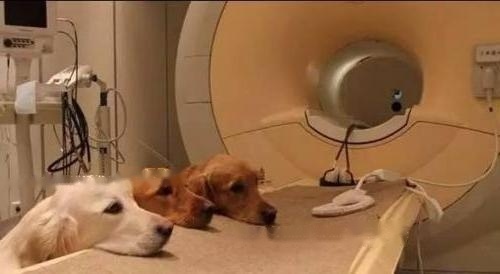Bringing pets to the hospital, such medical examination terms as CT, NMR, X-ray, B-ultrasound are not unfamiliar to pet owners. Beijing, Shanghai, Guangzhou and some provincial capitals, more than 20 pet hospitals across the country have been equipped with high-end diagnostic equipment such as nuclear magnetic resonance and CT. Depending on the condition and the complexity of the scanned site, the fee is usually between 3,000-6,000 RMB in different regions.

These similar-looking medical imaging equipment have a huge price gap for inspection, which often makes the owner stupidly confused. Why sometimes use CT and sometimes NMR, is it because of aggravation of the disease? In fact, their working principles are different, and each has its own division of labor. How to do correct and appropriate inspections without wasting inspection costs is a topic of concern to pet owners.
Different principles have different advantages:
It is understood that CT (Computed Tomography) means X-ray computed tomography, which uses X-ray beams to measure the body. A tomography scan is performed on a certain part to obtain a cross-sectional or three-dimensional image of the subject part of the body. CT can provide complete three-dimensional information of the inspected part of the body, which can clearly visualize the organs and structures, and clearly display the lesions.
X-rays are highly penetrating rays that can penetrate the body. X-rays are used to examine the interior of the body through fluoroscopy or photography. The principle is to use the penetration of X-rays. When penetrating the body, it is absorbed and weakened by calcium-containing components (bone), water (blood, etc.), soft tissue (muscle), etc., so it can show the basic shape of the examined part.
Different from CT and X-ray, B-ultrasound is checked by using the principle of ultrasonic echo. Ultrasound can propagate in a certain direction and can penetrate objects. If it encounters obstacles, it will generate echoes. People collect and display the echoes on the screen through instruments, which can be used to understand the internal structure of objects and assist in diagnosis. B-ultrasound is ultrasound information of two dimensions, which constitutes a plane figure and reflects the structure of the body.
With the emergence of color-Doppler ultrasound technology, color Doppler ultrasound (color B-ultrasound) appeared, that is, on the basis of black-and-white B-ultrasound, color Doppler was added, and color Doppler also provided blood flow. The rich information of kinetics has been widely valued and welcomed in practical applications, and color Doppler ultrasound is often used in clinical practice.
MR, MRI (nuclear magnetic resonance imaging), namely magnetic resonance. MR is a biological magnetic spin imaging technology, which utilizes the characteristics of the nuclear spin motion to generate signals after being excited by radio frequency pulses in an external magnetic field, which is detected by a detector and input to a computer, and converted into images.
![[Dog Training 5] The training method of pet dog dining etiquette](/static/img/12192/12192_1.jpg)




